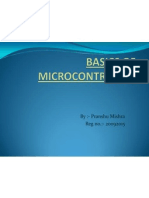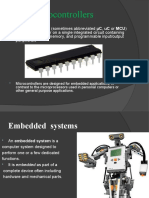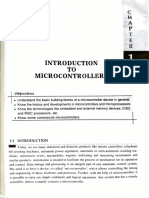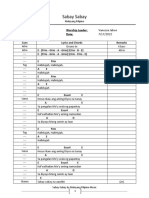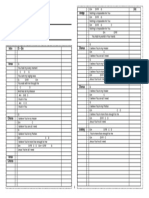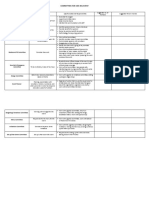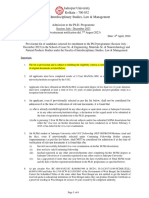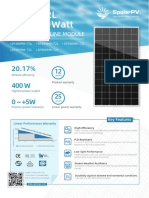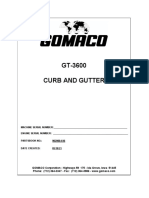0% found this document useful (0 votes)
14 views11 pagesMicrocontrollers Lesson Presentation
This document outlines the basic functions and applications of microcontrollers, distinguishing them from microprocessors. It provides a guide for setting up a programming environment and includes a practical example of programming an LED blink. The lesson aims to equip students with foundational knowledge and skills relevant to automation and robotics in industrial technology.
Uploaded by
Federico EstradaCopyright
© © All Rights Reserved
We take content rights seriously. If you suspect this is your content, claim it here.
Available Formats
Download as PPTX, PDF, TXT or read online on Scribd
0% found this document useful (0 votes)
14 views11 pagesMicrocontrollers Lesson Presentation
This document outlines the basic functions and applications of microcontrollers, distinguishing them from microprocessors. It provides a guide for setting up a programming environment and includes a practical example of programming an LED blink. The lesson aims to equip students with foundational knowledge and skills relevant to automation and robotics in industrial technology.
Uploaded by
Federico EstradaCopyright
© © All Rights Reserved
We take content rights seriously. If you suspect this is your content, claim it here.
Available Formats
Download as PPTX, PDF, TXT or read online on Scribd
/ 11









